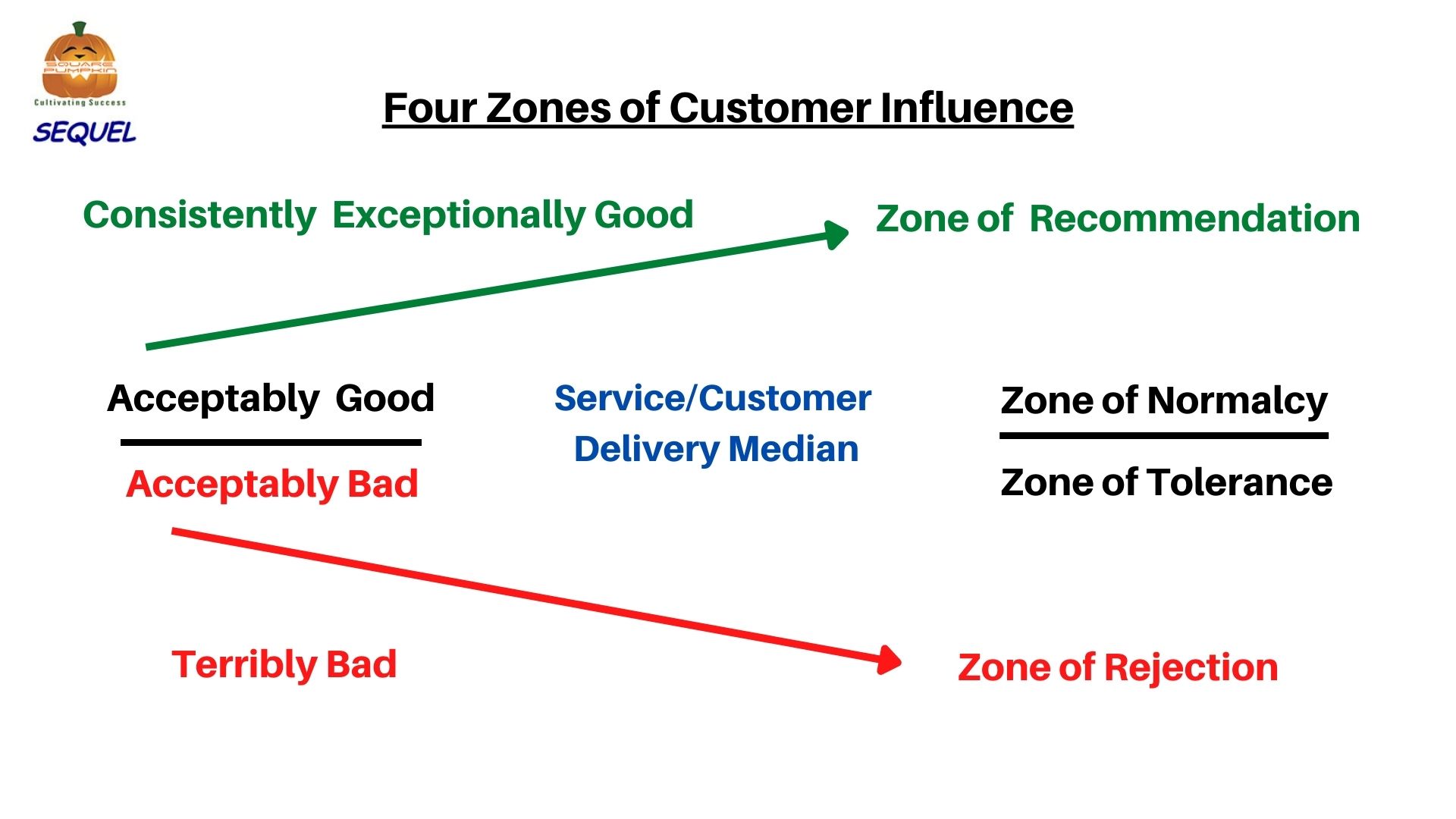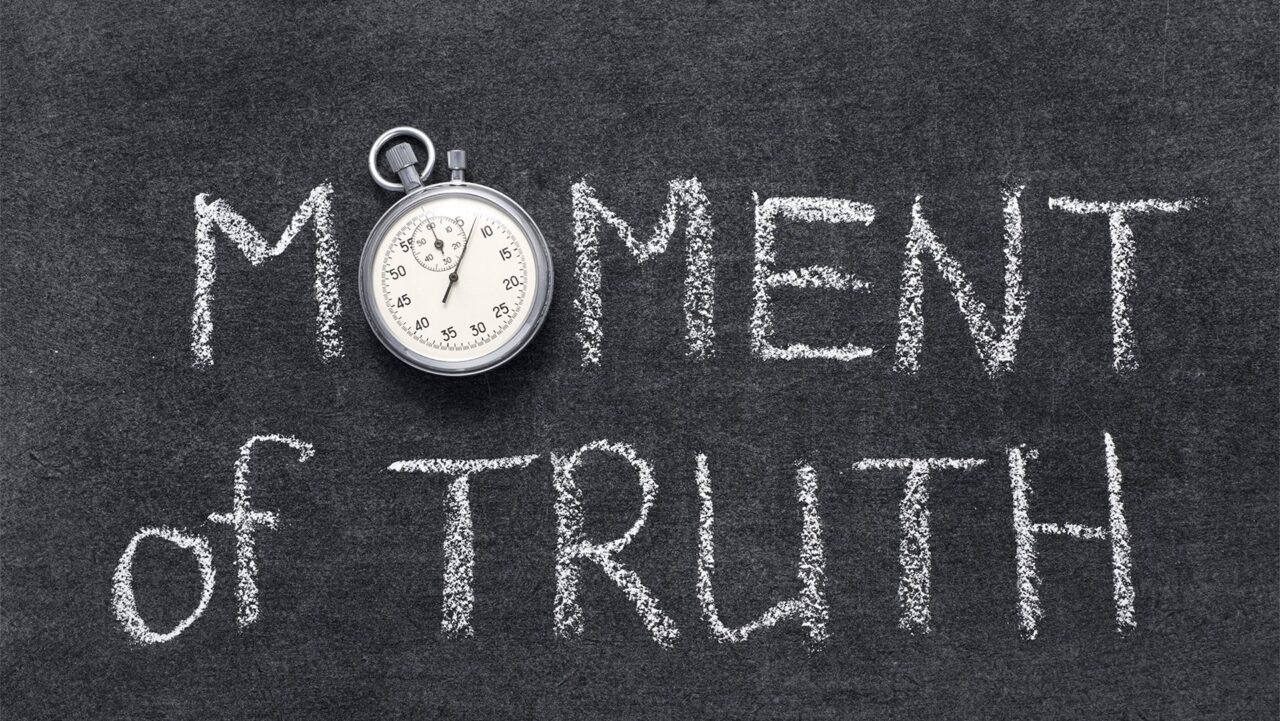Riddhi is a huge shopaholic, who keeps exploring new websites to buy things. One day while shuffling through some apparel websites, she really liked a dress and instantly clicked the button “Buy Now.” She was ecstatic and excited to receive the box of happiness, and she started waiting for the parcel to arrive. When she finally received her parcel and tried that dress, to her surprise it had patches of faded color on it. There was an instant shift in the curve on her face.
She went through the terms to initiate a return and found that she had to mail a video of the dress along with the order details. She was on it the next moment, and she even called the customer service representative, and they helped her through the process of initiating a successful return with the condition of selecting some other dress in exchange. They even walked her through the relevant options based on her preferences. She did not expect such a response from a less-known website, however, she had a pleasant experience with them.
The kind of response she got from the customer service representative was a moment of truth for her as well as for the organization. She had a pleasant experience and she would definitely look forward to making purchases again with them in the future.
A moment of truth is any interaction in which a customer forms an opinion about your brand or product. This impression could be positive or negative. The business’ goal is to ensure that critical moments have a positive impact on the customer’s or user’s perception of the brand or product. The customer will forget the last interaction, and in every moment of truth they will evaluate the organization afresh. Therefore, it becomes a challenge to evaluate the moment of truth.
The concept of Moment of Truth came into existence in the early 1980s by Jan Carlzon, an author and the President of Scandinavian Airlines. He defined Moment of Truth in the business context as:
“Any time a customer interacts with a business, no matter how distant, they have the opportunity to form an impression.”
20 years later, AG Lafley, former Chairman, President, and CEO of Procter & Gamble (P&G), introduced his version of Moment of Truth in marketing.
In 2005, he claimed two moments of truth (a third was later added by Pete Blackshaw, another P&G alum):
- First moment of truth occurs when a customer encounters a product or service for the first time. This is when marketers have the opportunity to persuade customers to buy their products rather than those of another brand.
- Second moment of truth occurs when a customer makes a purchase and determines whether a product or service meets their expectations.
- Third moment of truth is when a loyal customer becomes an active brand advocate.
According to McKinsey & Co., it is any time when a person invests “a significant amount of emotional energy” in the outcome of brand interaction. Moments of truth become extremely valuable in emotionally charged customer interactions. It undoubtedly leads to the creation of genuine emotional connections in order to increase customer influence.
Zones of Customer Influence

There is no set parameter for the timelines of service delivery, for some five minutes will be okay to wait and for some waiting for five minutes might seem like a big deal. Let’s understand this with an example: a customer loves coffee and they prefer to sit at Starbucks or any fancy cafe, and can be there for as much time as they want with a cup of coffee. Wonder when they go to a quick service restaurant where the turnover time is quick and there is zero privacy to sit with their thoughts. The moment of truth for that restaurant will be bad comparatively to the Starbucks or Cafe Coffee day.
Now if the situation is vice versa, another customer loves the vibe around the quick service restaurants, the chatter, fast order placement, and quick response. He happens to go to a fancy cafe or Starbucks and finds himself waiting for the waiter, even a spoon creates noise in that place, and he has to wait for a long time to get his order. The moment of truth will be bad, or could get worse with more delay.
This matter is very subjective to every individual, and keeping this factor in mind, organizations have put SLAs (Service Level Agreement) in place. It is the level of service you expect from a vendor, as well as the metrics used to measure service, as well as remedies or penalties if agreed-upon service levels are not met. It is an essential part of any technology vendor contract.
There are four zones of customer influence:
Zone of Normalcy
When a customer expects a good service and receives an acceptably good service, then it is the zone of normalcy.
Zone of Tolerance
Whenever a customer is experiencing as service and the service is not up to the mark, however, it can be tolerable, then it falls in the zone of tolerance.
Zone of Recommendation
When a customer experiences an exceptionally good service which is beyond his expectations, the situation is not normal anymore and it has extended to the zone of recommendation.
Zone of Rejection
If a customer keeps on experiencing exceptionally bad service all the time every time from the same service provider, then it exceeds the zone of tolerance and reaches the zone of rejection.
Knowing the customer allows you to better manage their expectations. Some customers may even be more knowledgeable about the product, making it difficult to impress them with a good presentation. To better manage this, organizations must always conduct a competitive analysis of their products and share with their teams how their products differentiate themselves from the competition. Knowing your competition allows you to identify areas where you have a competitive advantage and, as a result, have an idea of what customers expect from your brand.
How to Convert Moment of Truth to Moment of Magic?

There are two possible outcomes in a moment of truth: a magical moment or a miserable moment. While unbiased outcomes are possible, they are unlikely; most interactions will either impress or fail to impress a customer. Shep Hyken, a Customer Experience designer, first imagined these moments.
Miserable Moments
These are grievances, issues, negative experiences, and friction; anything other than a positive conversation. It’s not a question of whether you’ll ever have a Moment of Misery. It’s all about when you are going to have it. Even the best companies have them, however, they have trained employees and a system in place to turn them around.
Moments of Magic
These are simply above-average interactions, and are the type of experiences you want to provide for your customers. Don’t be misled by the word “magic.” Most people believe that magic must be extravagant or a “Wow” type of customer interaction, but this is not the case. It only needs to be above average. The key, however, is to consistently perform above average. That is what the best businesses do. They are reliable and consistent.
Jan Carlzon, the author of the book “Moments of Truth,” used an airline as an example. When traveling, there are numerous obvious Moments of Truth: the passenger makes a reservation, checks bags on the day of departure, checks in at the ticket counter, boards at the gate, is greeted at the destination, and picks up baggage at the baggage claim carousel. However, in addition to these main touch points, or Moments of Truth, the passenger may interact with airline employees at other times.
A flight attendant from another flight may wave or smile at the passenger as he or she walks by. While this is not a major Moment of Truth, it is still significant. Every interaction, no matter how insignificant, provides an opportunity for the customer/passenger to form an impression.
The goal is to manage every Moment of Truth while also providing an above-average (Moment of Magic) experience. Even if you have a complaint or a problem, how you handle it is an opportunity to turn it around and create a Magical Moment. You are not required to provide an extravagant or above-and-beyond experience. You simply must be above average all of the time. The most successful businesses understand that their customer service must be above average, consistent, and predictable. That is what distinguishes great companies.
http://www.mktgsensei.com/AMAE/Services/Zone-of-tolerance.pdf
https://www.cx-touchpoints.com/guide-to-customer-expectations/
https://blog.hubspot.com/service/customer-satisfaction-factors
https://cdn2.hubspot.net/hubfs/1894376/CG_0070_1920x1080px.jpg
https://www.revechat.com/wp-content/uploads/2021/07/Happy-customers.png
Written By: Jimmy Jain
Edited By: Afreen Fatima
Society of Design Thinking Professionals









